PETULA MITCHELL tells us about the St Leonard, the 6th century French hermit who killed England’s last dragon near Horsham in West Sussex
23 April brings St Georges day. The legend tells us that this saint was the man who slew the last dragon in England.
We don’t celebrate in the way that the Irish people celebrate St Patrick or necessarily have the groundswell of national pride that the Welsh and Scottish people do with Saints David and Andrew.
Could this be because of local variations on the story? Because if you live in my corner of Sussex we all know that it was in fact St Leonard who saw off the last dragon in England and he did it just outside Horsham. It must be right. My father told me so.
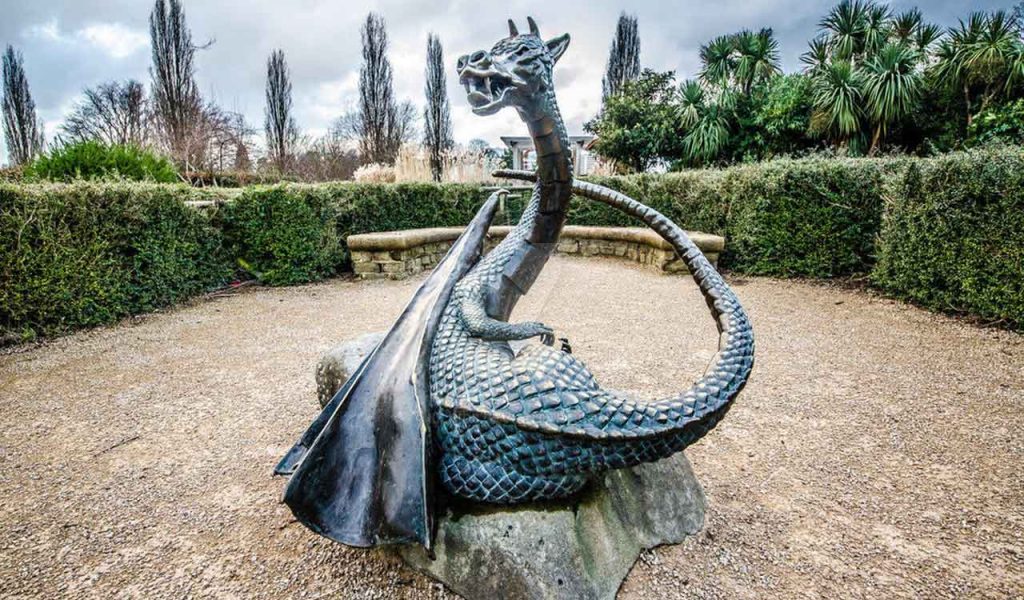
Local place and street names carry the name of St Leonard. There was a pub, and still is a road and indeed the forest where he carried out his heroic deed. There are also memorials to the story around the town so as it grows (rapidly!) the old legend is not lost.
The forest itself has an interesting history and folklore apart from the legend of the dragon slayer. It has haunted lakes. A headless hitchhiker has put in an appearance, leaping on the backs of peoples horses, and even putting the supernatural aside it has a strange collection of wildlife. A large black cat is supposed to lurk among the trees, peacocks wail in the woods and wallabies that have escaped from a private collection seem to thrive and are seen quite regularly hopping across the clearings.
Who was St Leonard?
St Leonard was not a soldier or a grand knight but was a 6th century French hermit who lived in the forest that bears his name.
He was celebrated by the Benedictine order of monks who had a priory at Beeding a few mile to the south near Steyning. So this could have been the real start of the spread of his fame.
The story goes that a fearsome serpent lived in the forest that left a trail of slime wherever it went went and devoured both men and cattle. The pious St Leonard bravely pitted himself against the beast and although he prevailed he was injured.
God was watching over his endeavours however and where the saints blood was spilled he bid white lilies to spring forth from the ground.
He asked Leonard what he would like as a reward and he replied that he would like the adders to lose their venomous bite and the nightingales to stop singing so that they didn’t disturb his prayers. A traditional rhyme about the forest contains the line,
“Here the adders never sting, Nor the nightingales sing.”
There is no clue in the stories about how he actually achieved the deed of killing the dragon, with sword or spear. Apart from this nothing is known about any further exploits by St Leonard on English shores. He is however the patron saint of prisoners (invoking his name allegedly broke the chains and shackles that held them), horses and oddly, women in labour. He has towns named after him in both the south of England and France.
‘Strange and monstrous serpent’ witnessed
This however did not seem to be the end of stories about beasts in his forest. In 1614 an eye witness account of ‘strange and monstrous serpent’ was published. It is believed the tale was put about by smugglers to keep people away from the forest.
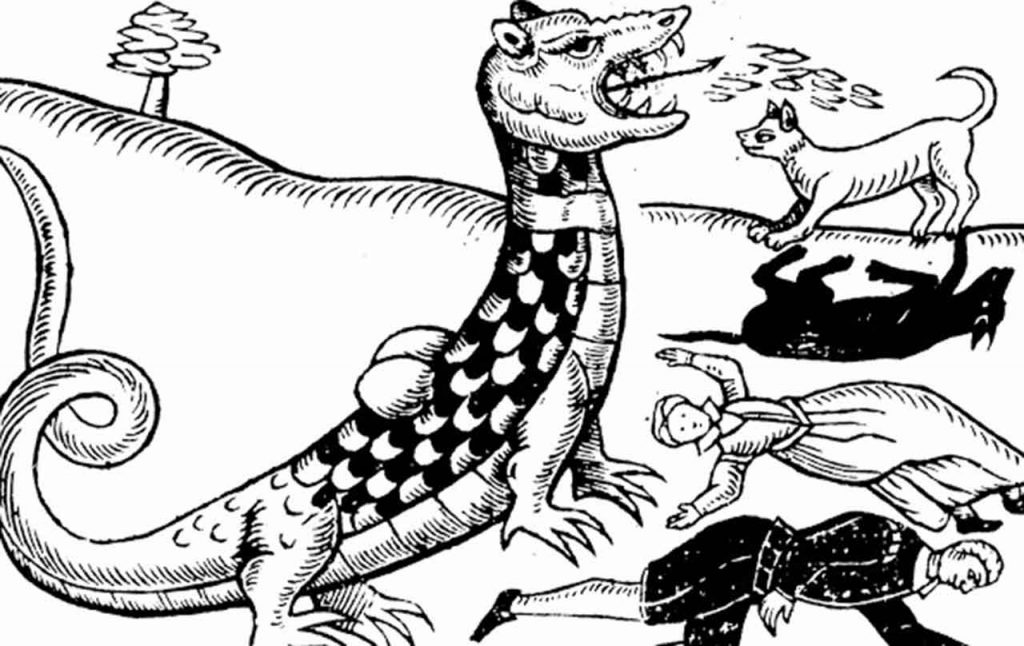
So once again we do things our own way in Sussex, a county that despite the constant onslaught of new development, still holds on to its own history and folklore.
Discourse relating a strange and monstrous Serpent (or Dragon) lately discovered, and yet living, to the great Annoyance and divers Slaughters both of Men and Cattell, by his strong and violent Poyson. In Sussex, two miles from Horsam, in a Woode called St. Leonards Forrest, and thirtie miles from London, this present month of August, 1614. With the true Generation of Serpents.

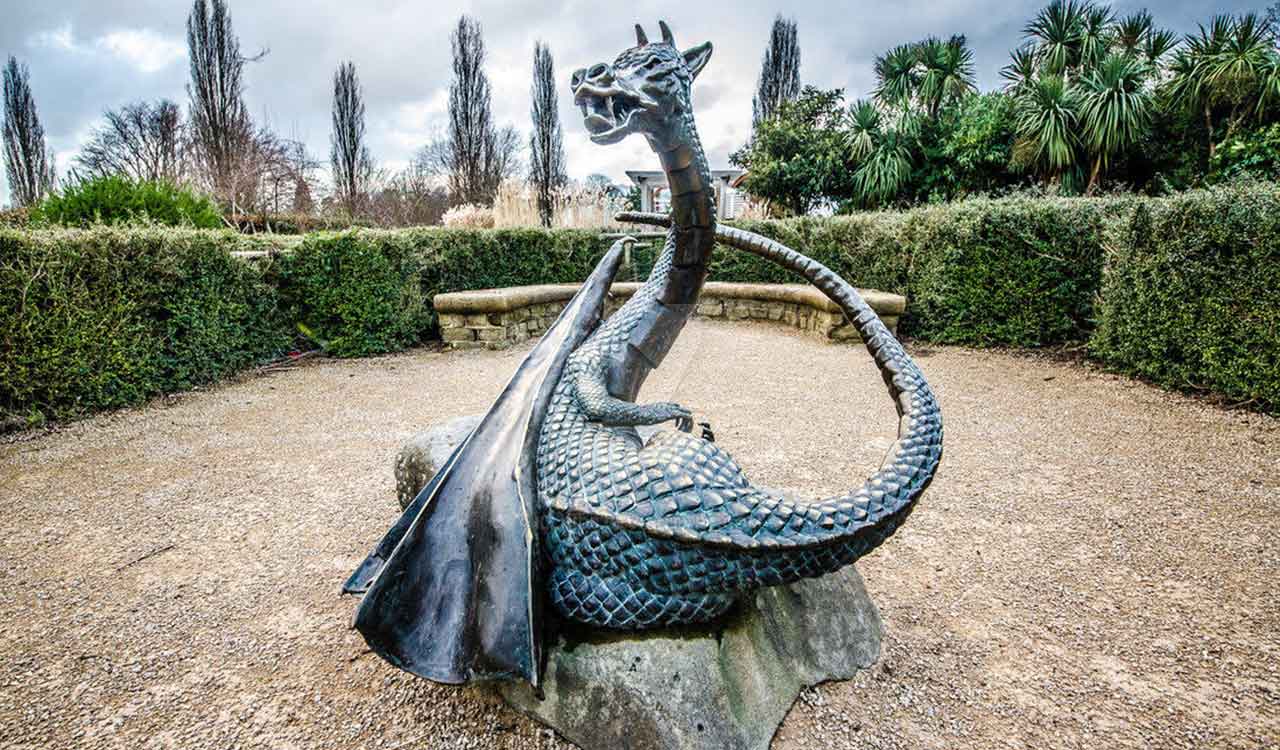

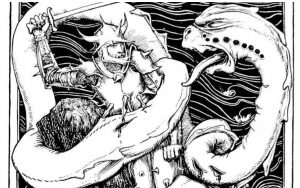

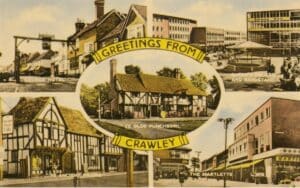
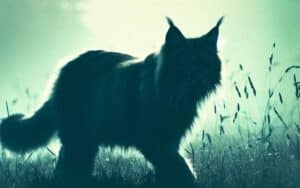

Very much enjoyed hoúr recognings of the past lives of Mrs Cotton and St Leonard
Would like to read some longer writtings.
Come to Durham and I will tell you about her last days. I know the man who rediscovered her body with a bulldozer while constructing a wall in Durham Jail. One of her relatives is a good friend of mine, Graham Robson, who runs the Grange Iron Company coal truck restoration business. MAC maiden name was Mary Ann Robson